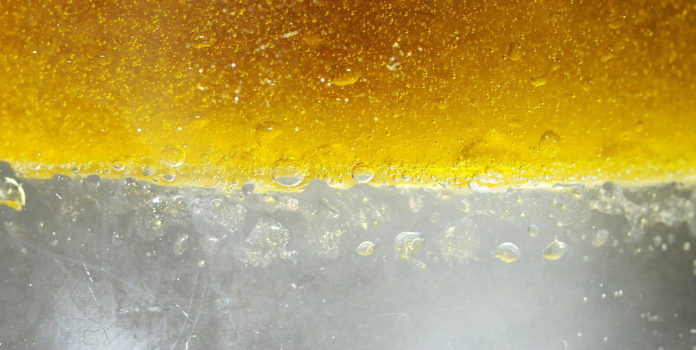It’s been said for a long time that oil and water don’t mix, but according to a recent study carried out by researchers at the University of Edinburgh that may not necessarily be true. The study suggests that there are some oily molecules that can be forced to dissolve water when enough pressure is applied to the two substances.
To test this theory, researchers applied a very high amount of pressure to small containers filled with water and methane. In doing so they created conditions similar to that of the ocean floor or the inside planets like Neptune or Uranus. During the study, the researchers were able to observe the chemical interactions between the water and methane when compressed.
In order to squeeze the water and methane molecules together, the team used a diamond anvil that has the ability to apply pressure of up to 20,000 Bars. They then observed under a microscope just what was going on. What they discovered was that under normal pressure the methane appeared as separate, large droplets in the water. However, under high pressure the droplets disappeared, indicating that the methane had dissolved.
The researchers believe this happens because as the pressure is increased, the methane molecules shrink while the water molecules remain the same size. This enables the newly compacted methane molecules to fit between the water molecules allowing them to mix together. Learning how the methane and molecules mix could help researchers find a way to replace the hazardous or costly solvents used at the moment. It could also help us gain new insights into the harsh conditions of the outer solar system or the bottom of the ocean.
More News to Read
- This New Nanotechnology Helps Killing Cancer Cells Without Harming Healthy Cells
- Processing Biofuels Just Got Cheaper and Greener Thanks to This Catalyst
- Meet the Engineer Who 3D Prints Revolutionary Human-Robotic Arms
- Meteor Shower From Dead Comet Sighted Again
- Will Tesla 3 Pre-orders See the Light of Day and Will This Car Create…

